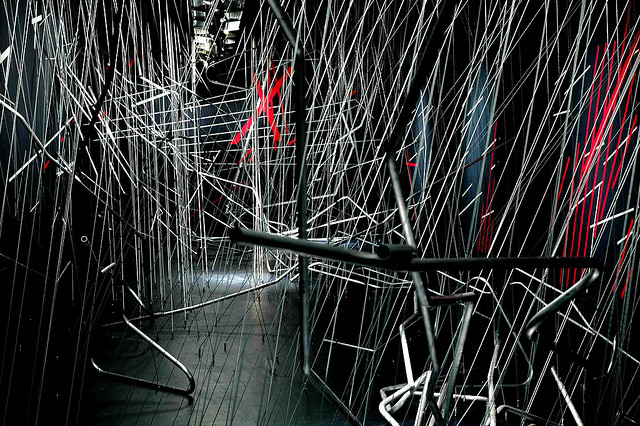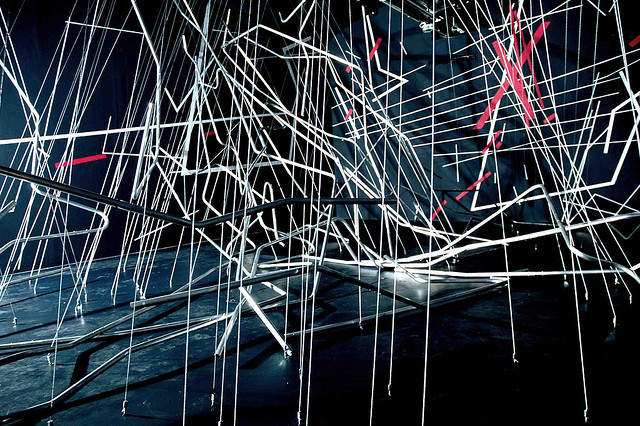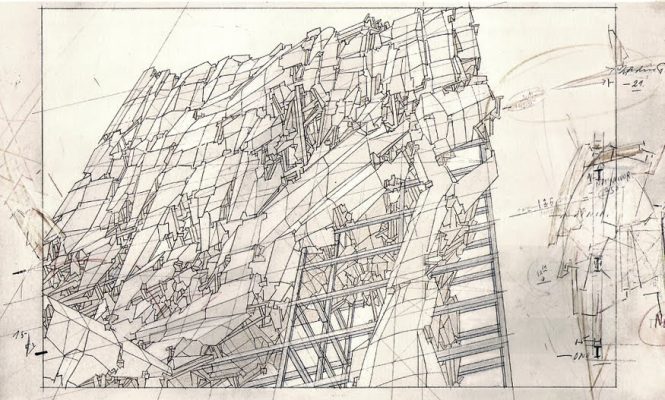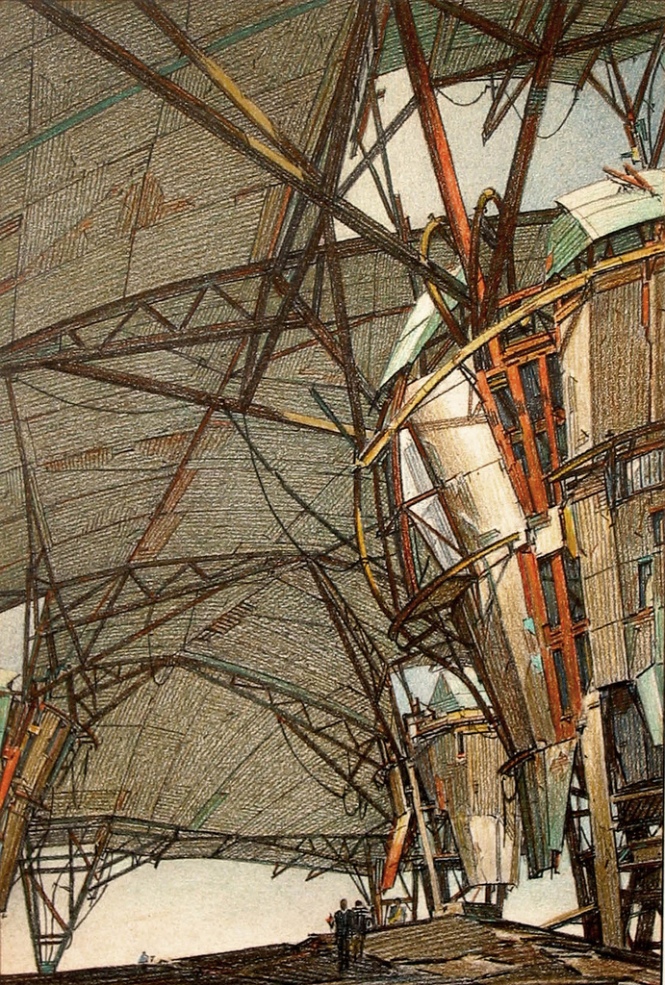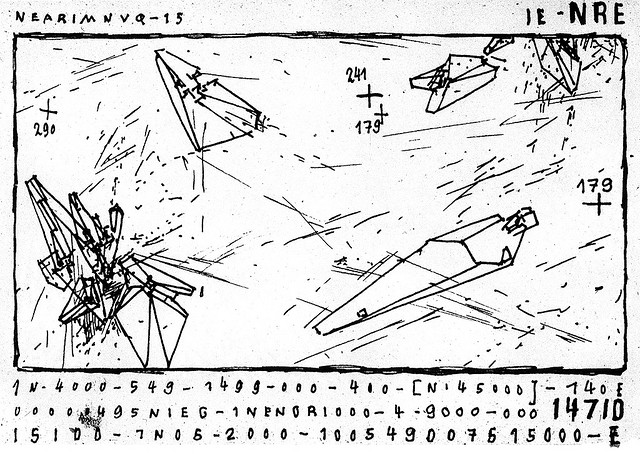
A flock of Anser Indicus. These birds fly the highest altitudes on the planet, even migrating in flights above Mt. Everest.
Note: I am currently on a two-month trip driving from the U.S. east coast starting from Boston through to the mid-west and the western States. I’ll be in the Chicago area for quite a while hoping to photograph many of Frank Lloyd Wright’s buildings, have already passed through small Amish towns in rural Pennsylvania, farm fields in Indiana, waved from a float as part of a 4th of July parade in a town in Wisconsin for a lark thanks to a strong-willed lovely lady who runs a dance academy (and pictures I hope to upload later should I find time – especially of innocent children and a fantastic Star Wars float), and then at some point will hopefully be off for a trip through the mountains and national parks in the Wyoming and Montana area and further. There will be long and deliberate stretches of time when I’ll be without any internet connection, far away from the world of humans, so the blog posts will be sporadic and infrequent this summer. Have fun all, watching the World Cup semis & finals! I’d love to see a Dutch-German one (my mom’s maiden family name is Dutsch – if that’s a clue ;-), but any other combos would be great too!
* * *
As I post this today my heart is heavy with the appalling news of the mother Sakineh Ashtiani in Iran who is hours away from being stoned to death by a religious and judicial system that defies logic and humanity. It is a horrible blend of anger and helplessness one feels and wonders how can actions such as these be prevented from a grassroots level? How many more innocent lives will be taken as words are spoken, protests made in faraway lands yet little action is actually taken to prevent the deed? As people go about their daily lives obsessing about Blahniks and Benzes, bashing and insulting each other on virtual message boards, or picking on old objective harmless male film critics in liberal western countries to yell ‘misogyny’, this horrendous act of jaw-dropping REAL & ACTUAL misogyny and injustice will occur today. And like ostriches, heads will be buried in sands of escapism while Ashtiani’s serene face will be battered with stones of hatred and unfathomable injustice. Any society/societies in the world that allow evil like this to occur and yet claim the presence of some almighty benevolent God/Gods should do a check-up of their core values and rational mental faculties or rather lack thereof – for acts like these seem to be nothing more than ideologies used to profit the unchecked bullying by psychopaths.
http://www.cnn.com/2010/WORLD/meast/07/01/iran.stoning/
I post the rest with heavy hands
*
ANTHEM
This is a poem I wrote to myself when I was 19 years old. It was part of a series of poems I wrote as an answer to personal ponderings. It was long before I had any boyfriend or would even fall in love – so the words were coming purely from the ways of social dogmas, facing bullying by the ‘mean girls’ and the general ways in which following one’s own ethics or callings or work or other hobbies were perceived by many others who understood the ‘language of groups’ much better than the voices of individualism. And for the times I didn’t give up and just focused on my goals no matter how tough it was. The words of the poem constituted my anthem and elixir through which I drank in strength when I needed it. (I’d started writing poetry as a kid but the early ones were mostly about nature, the skies and quizzical observations of human characteristics viewed during social events.)
Many years have passed and through time, despite their youthful and naive determination, whenever I read these words again, they bring back the same sense of empowerment I’d felt while writing them. Later in my mid-20s, a beloved teacher from back in school asking for contributions to fill in the alumni publication liked this poem so much that it now stays framed on the wall in the entrance lobby of my former all-girls high school. The words were not based on fantasy but on the reality of the life I had lived till then and the world I’d observed. And these words are not just for me, I share them freely and lovingly with every girl who has strived for strength and self-reliance no matter what she has faced in life, and no matter how many times she has been pushed down for having a sense of will and self-esteem – full, unfettered and vibrant within.
This is an anthem I now dedicate several years later from the time I first wrote it to every woman in the world and through the ages who has stood for rational ethics for humanity and the natural world; to every woman who believed in her intellect and intelligence enough to seek answers through FACTS and truths based on reality rather than blindly follow irrational myths or ideologies; To every woman who has been mocked, ridiculed, bullied, insulted, pushed down, tortured for simply being herself and trying to do good even when it seemed to be against all odds; To every woman who has never ever indulged in using vampire hooks to induce pity, shame and guilt in others to ‘rescue’ her nor bullied and controlled others to cater to her whims, but has instead lifted herself up in life through her own hard work, self-reliance, logic and confidence without using human props;
To every strong willed truly brave activist who has fought for women’s rights in countries where misogyny is intrinsic to its religion and laws; To every woman in a free country who knows these truths and counts her blessings unlike those who use hooks on good people, instead of doing real good in the world or understanding the pain of women who face REAL and not fake suffering;
To every innocent girl in more free countries who has paid the price of being misunderstood or pigeonholed due to the conniving girls in men’s pasts, even as she held out her kindness, logic and patience in return and watched it being torn to shreds but was able to walk away with her dignity and compassion intact when she realized you can give unconditionally only to those who are ready to receive; To every girl who has faced apathy or cruelty from either men or women in return for her empathy or innocence and still never became bitter nor lost her ability to laugh;
To every girl who is a realist about her own flaws and weaknesses and strives for self-improvement and is open to objective criticism instead of becoming delusional or wallowing in her weaknesses; to every girl in a free country who stands for rational goodness and knows the power of inner strength, without making herself some sacrificial lamb but rather chooses quiet non-abrasive confidence and fortitude over giving in to victimhood, no matter how hard her trials are;
To every woman in a suppressed patriarchal Islamic country who has fought for her and her sisters’ rights, for they are in many ways the toughest and bravest feminists of all, and make the cushioned-liberal-arts-type-so-called-‘feminists’ here look like self-centred jokes and rightly so;
To every woman in a science and technology field who just a few decades ago was not even allowed admissions in these fields because they were women, but who have worked hard and never given up in professions where men still dominate and the women who have made it have worked doubly, nay – triply hard; To all those silent women in science and technology and all other professions where the products of their work are seen but not their faces; nor their presence hardly ever written about;
To every woman who has seeked and celebrated the inner strength of her individual being and never craved for hollow power over others; To every woman who understands the value of genuine love – glorious, enlightening, all-accepting, and the value of true kindness and empathy even when messages around her loudly scream to embrace frivolity, fakeness and shallow vacuousness;
To every woman who faced choices in life and chose her integrity and goodness each time no matter how hard or lonely that road was; To every woman who has the strength to speak up the truth, if only for her own conscience, no matter how difficult that seems because she knows that the truth does set one free;
To every woman who has never lost her sense of practicality, pragmatism and optimism no matter how hard the knocks of life may be, no matter how many dreams have broken, and has used her experience to shape her own character and resolve and help others in return, rather than fish for excuses; and dared to dream again; To every woman who rose in life through self reliance and not by piggy-back riding or using others;
To every girl who has cried alone through a dark cruel night when there were no arms to comfort her even when she asked for help on the rare occasion; and even when it seemed the walls were collapsing till somehow with the last drop of her strength she lifted herself, battled and channeled the darkness into creativity and stood up straight holding her head up high again; To every girl who from childhood has sensed an overpowering ‘sense of Life and of love and learning’ – hard to express in words, but a soaring of one’s ‘spirit’ – as though life is important and there is much to learn and LIVE for, not merely exist; much to be curious about; much to be happy about despite all the downers life might have;
To every girl who has celebrated the beauty, innocence and goodness that lie either oblivious or obvious in the world but can be recognized and seen only by those eyes which have never nor ever will cross to the side of malice, jealousy, bitterness nor evil; To every girl who experienced an indescribable sense of joy within herself just being her own authentic self without ever giving up her tenderness or love or sense of ethical justice or a passion for knowledge – and found that that very self-assurance which is her inbuilt essence seems to incite something weird in others who go to lengths to push that down or lay traps to suck it dry; To every girl who never let those trappers clip her wings or kill her joy or lose herself to their diminishing mockery; To every girl and woman who never gave up and knew deeply and completely the immeasurable freedom and possibilities of rational goodness and inner strength;
To every girl who no matter what fears she had to confront, learned to be cautious but never, never to be afraid or cowardly.
And to every man who had the ability to recognize and love a girl like that, and was open to receive her love in return because he felt that same way inside about life as well. And felt confident in his own self-respect to know he deserved to share that sense of joy and peace. And recognized and cherished the difference between that adventure of living from the complacency of existing. And the love and strength it takes to create or fight for ethical justice rather than destroy or choose cowardice-disguised-as-apathy.
To every person who has dared.
*
YOU GOT TO BE STRONG, GIRL
“You got to be strong, girl.
So dry those tears
Remove those fears,
BELIEVE in your own confidence
To reach out for the right:
For you have to be strong,
To point out the wrong,
And though you’ll be called a fool
And told to follow rules
Set by prisoned minds,
Just stay above and cool,
Don’t lose that Fire
of faith that sustains the true spirit of life in you.
You got to be strong, girl,
They’ll hurt you a lot and crush you to depths,
But bounce back again with renewed strength, with added confidence,
Cry out your heart if you feel like, and after you’ve cleansed yourself
Surge ahead to a new tomorrow,
With a light so brilliant it can blind those who try to extinguish
that fire in your soul;
For who can keep underwater a sparkling bubble of air
With myriad colours surrounding its unbreakable shell?
For life is filled with challenges and there are those who can and who cannot overcome every hurdle
And you know you belong to the former;
And although you might be left dangling from the end of a rope or a clifftop,
So what? You can make new footholds and sprout new wings
And fly up above the hilltop.
When you know you are right and truthful
And done nothing to regret,
Why live in the past and the future – you’ve got the Present,
So make the best.
There’s a time for every wisdom
And the search for self-realization,
Or the pursuit of True freedom –
Was always frowned upon.
But you can smile at every mile –
‘cause you know, girl:
That when the road is long, you’ve got to be strong.
But when they tribe to make it longer –
You know it’s because you ARE stronger.”
*









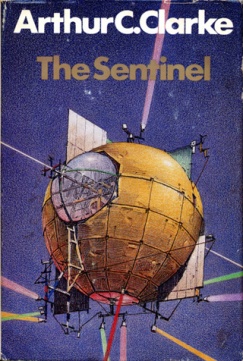

 [Image: “Einstein Tomb” by Lebbeus Woods].
[Image: “Einstein Tomb” by Lebbeus Woods].


